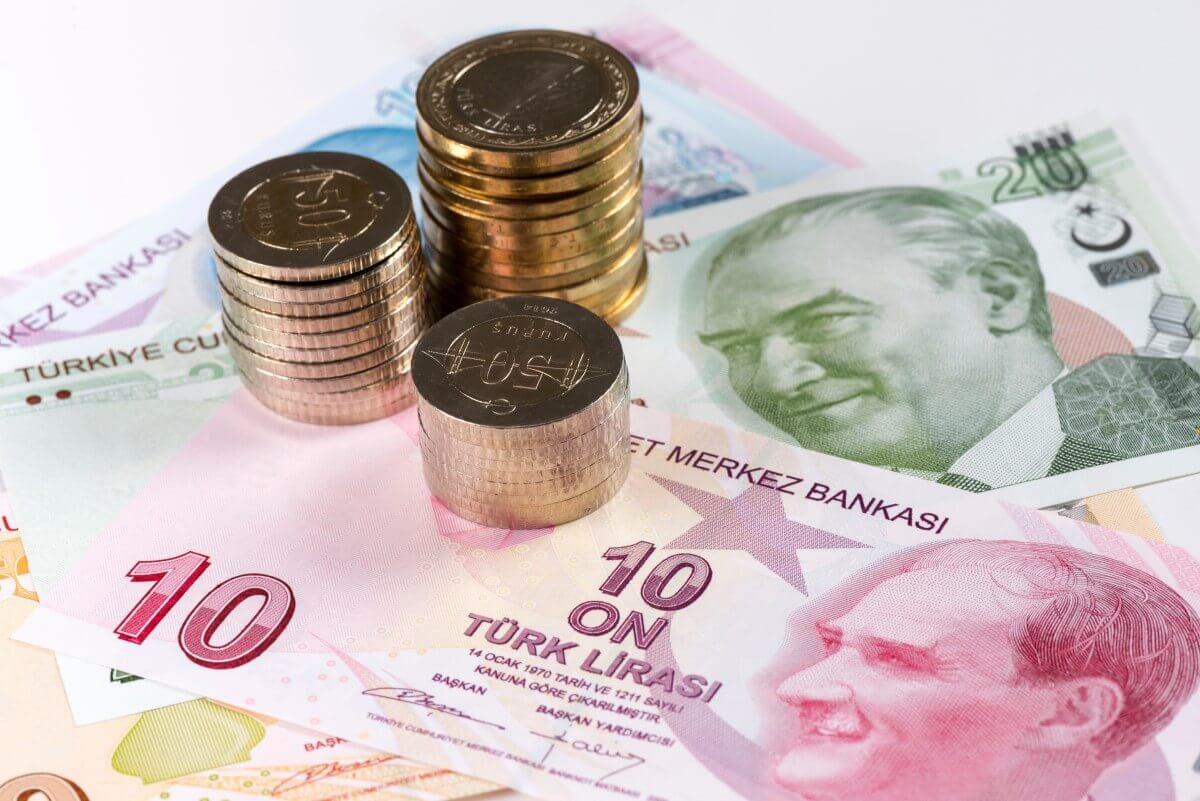The U.S. dollar plummeted down from a 16-month high on Thursday. It declined against the Australian and New Zealand dollars and the euro as investors contemplated whether the greenback’s recent rally was starting to stall.
The U.S. currency has skyrocketed during recent weeks. Market players bet on tighter U.S. monetary policy. Punchy retail sales data in the United States this week and stronger-than-expected inflation numbers last month have also added to those bets.
Thus far, volatility in Forex markets remains low. Global central bank’s responses differ about rising inflation that is driving currencies. Investors avoid sharp moves for now. On Wednesday, the dollar index skyrocketed to its highest level since mid-July 2020 at 96.226 against a basket of six rivals. It exchanged hands at 95.694 at last, lowered by 0.1% on the day. On the other hand, the euro, which was trading near a 16-month low, climbed up by 0.1% to $1.1334.
On Thursday, the New Zealand dollar surged forward by 0.6% to $0.7041. A central bank survey showed that analysts expect near-term inflation to rise in the fourth quarter of 2021. That caused the Kiwi’s rally.
Meanwhile, the British Pound soared by 0.5% to a one-week high against the greenback on Wednesday. Britain’s October inflation jumped higher, adding pressure on the Bank of England to hike rates at its next meeting due in December. Today the British currency traded at $1.3503, edging up slightly on the day.
What is the forecast about the dollar?
ING analysts noted that the greenback might continue its rally against the low yielders. However, such mid-cycle USD gains should not stand in the way of some strong performance in the commodity currencies’ space. But other analysts think the dollar strength is not necessarily durable.
Luc Luyet, the FX strategist at Pictet Wealth Management, noted that the sustainability of the current greenback strength beyond the next few months looks far from certain. Market expectations about the Federal Reserve are starting to be particularly hawkish. That suggests limited tailwinds for the U.S. currency going forward from that factor.
Turkish Lira in the spotlight
The Turkish central bank’s meeting became the big event in FX markets today. Investors expect the bank to cut rates even though inflation rose almost to 20%. At the same time, the Lira is plummeting down to repeated record lows. Some traders think that the speed and scale of the Lira’s drop may stay the bank’s hand.
Turkey is running the risk of a self-fulfilling cycle – noted Jason Tuvey, an economist at Capital Economics. He also added that the country’s unwillingness to tighten policy prompts a further sell-off of Turkish assets. It also raises inflation expectations and increases demands for higher interest rates.
2018 showed us that the currency could experience an intra-day decline of more than 10%. Currently, the cost of insuring exposure to Turkish debt in the CDS market soared by 11 basis points to 438 bps.
Meanwhile, commodity-linked currencies plunged. Oil prices dropped to near six-week lows, sending the linked currencies in the red.
The Canadian dollar exchanged hands at a six-week low. Forex markets are contemplating whether the Bank of Canada will start raising interest rates early next year. The Norwegian Crown also tumbled down.
Furthermore, the Australian dollar collapsed to a six-week low of $0.7263. It managed to rebound later, though, aided by the Kiwi’s surge. The Aussie traded higher by 0.3% at $0.7286 at last.
The Japanese yen has been sensitive to oil prices lately. On Wednesday, it had experienced its sharpest one-day jump against the greenback in three months while gold rallied by almost 1% and Treasuries surged forward.
What about EM currencies?
Most emerging Asian currencies strengthened on Thursday as the U.S. dollar lowered from a 16-month peak. Meanwhile, stock markets moved in the red as uncertainty over the Fed’s rate hike timing drove traders away from risk assets.
On Thursday, the Thai baht gained 0.3%, hitting a more than two-month high. At the same time, the Indian rupee and South Korean won soared by 0.2% each.
Poon Panichpibool, a market strategist at Krung Thai Bank, noted that there might be some speculative flows from foreign investors. They expect a strong Thailand economic outlook, so they might try to bet that on firmer baht.
However, stock markets in the region declined, as an uncertain outlook over interest rates and growth pushed investors towards safe-haven assets such as government bonds and gold.











